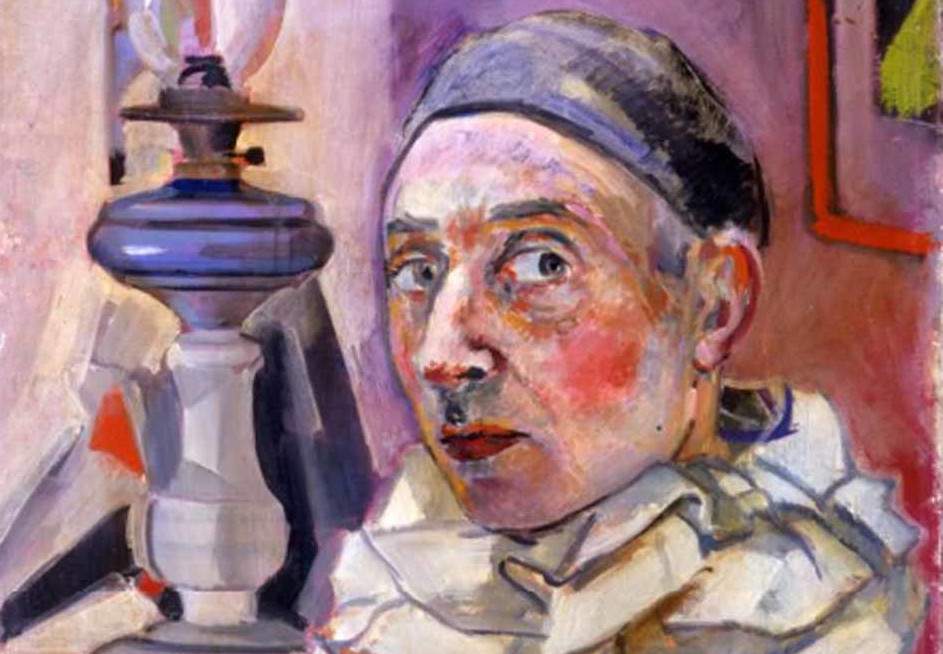From Oct. 13, 2023 to Feb. 4, 2024, the Luigi Bailo Civic Museum in Treviso will dedicate a retrospective to Juti (Luigi) Ravenna, more than 50 years after his death. The exhibition, curated by Eugenio Manzato and Eleonora Drago, presents, through a chronological path, the various phases of the artist’s activity and life, with more than one hundred paintings, drawings, sketches and watercolors, as well as period documents and photos and objects that belonged to him, all from mostly local private collections, and with the renewed public display of the artist’s works already owned by the civic. In fact, the picture gallery preserves an important nucleus of works by the artist and art critic.
The exhibition route aims to retrace the moments and places of Juti Ravenna’s life and activity through ten sections. On display will be paintings, watercolors and drawings, as well as a rich and valuable selection of documents, writings and photographs from the period. The exhibition also makes use of loans from private collectors and descendants, friends and acquaintances in Ravenna, with mostly little-known and sometimes unpublished pieces.
The exhibition starts from the birthplace where the artist received his early training, which began with his attendance at the School of Arts and Crafts in Motta di Livenza, where he had among his teachers Antonio Beni, an architect and painter, and where he made his first experiments in painting by portraying family members and the house where he was born. In addition to his first pictorial and drawing trials-among the novelties of this exhibition-we move on to his Venetian residences: the studio at Ca’ Pesaro between ’23 and ’28, the one at Palazzo Carminati from ’28 to ’47; fundamental works from this period such as The Disciple and Self-Portrait with the Stove, as well as still lifes and views of Venice and Burano, structured compositions with a solid design with which Ravenna approached Novecentism. His relationship with Treviso began well before 1947, when he moved there, and there is evidence of this in some watercolors from 1942 that came to the Museum with the Luccini bequest; characters and views of Treviso make up, along with “boutiques” and some Ligurian landscapes, the last part of the exhibition, which ends with a reconstruction of the artist’s studio, an environment that has always marked his biographical phases, thanks also to the display of his working tools.
Through a journey that starts from the very first tests performed by the young Juti before his move to Venice, the author’s different and multiple artistic and biographical phases are highlighted, marked by intellectual, cultural and social encounters and stimuli, witnessed by the pen and brush portraits; always keeping alive a true and deep attention to his own interiority, which in the exhibition emerges from the precious self-portraits, placed to mark the phases of a unique and unrepeatable personal idea of art and life.
“The retrospective dedicated to Juti Ravenna represents another important and valuable opportunity to enhance our artistic heritage,” said Mayor Mario Conte. “Thanks to private loans and the collection of our Museums, there will in fact be an opportunity to admire the works of the painter who precisely in Treviso, accomplices of the scenic wonders that distinguish our City and its territory, lived a period of particular artistic vivacity.”
The exhibition will be accompanied by a catalog that will include a series of contributions to explore lesser-known aspects of the literature on the figure of Juti Ravenna, such as his youthful beginnings, his early Venetian years and his long period of activity in Treviso (Eugenio Manzato and Eleonora Drago).
In addition, there will be a number of essays with thematic focuses: sacred-themed production (Paolo Barbisan), daily and private relationships with friends and intellectuals such as Giovanni Comisso (Mario Sutor) and other artists (Daniela Chinaglia).
Image: Juti Ravenna, Self-portrait in Pierrot costume (1938; Treviso, Musei Civici)
 |
| The Bailo Museum dedicates a retrospective to Juti Ravenna, more than 50 years after his death |
Warning: the translation into English of the original Italian article was created using automatic tools. We undertake to review all articles, but we do not guarantee the total absence of inaccuracies in the translation due to the program. You can find the original by clicking on the ITA button. If you find any mistake,please contact us.